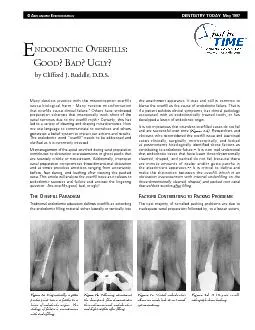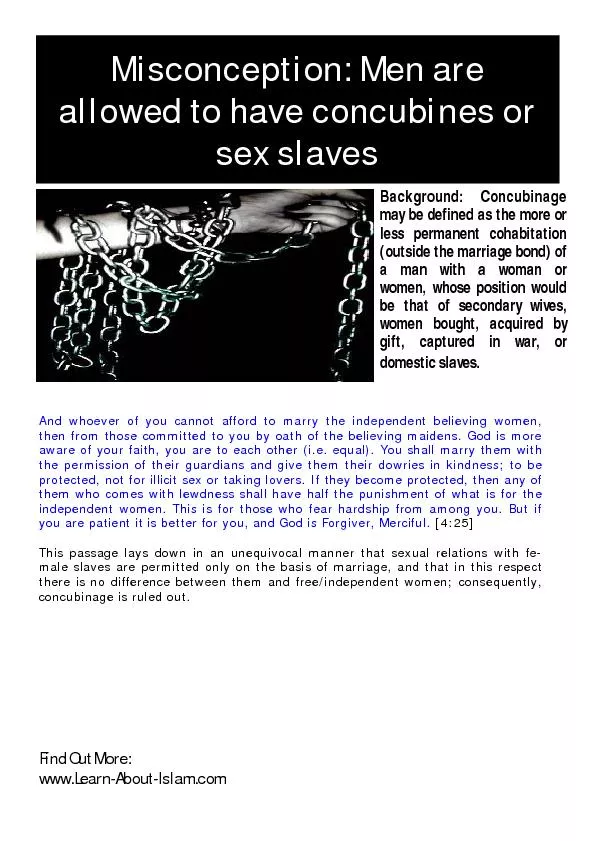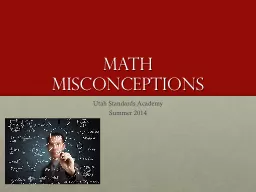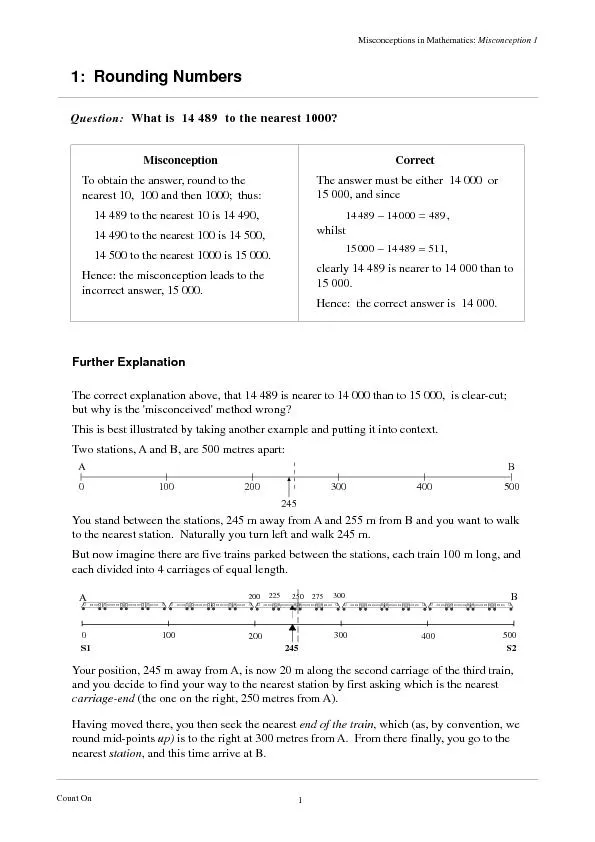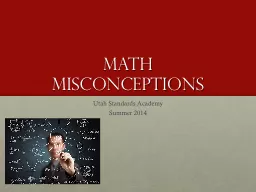PPT-Ve Misconception Alchemy
Author : briana-ranney | Published Date : 2017-11-19
Turning thoughtlead into thoughtgold Derek Muller i 420 Current trends Science and technology In society In education Criticism of education Search for the silver
Presentation Embed Code
Download Presentation
Download Presentation The PPT/PDF document "Ve Misconception Alchemy" is the property of its rightful owner. Permission is granted to download and print the materials on this website for personal, non-commercial use only, and to display it on your personal computer provided you do not modify the materials and that you retain all copyright notices contained in the materials. By downloading content from our website, you accept the terms of this agreement.
Ve Misconception Alchemy: Transcript
Download Rules Of Document
"Ve Misconception Alchemy"The content belongs to its owner. You may download and print it for personal use, without modification, and keep all copyright notices. By downloading, you agree to these terms.
Related Documents


